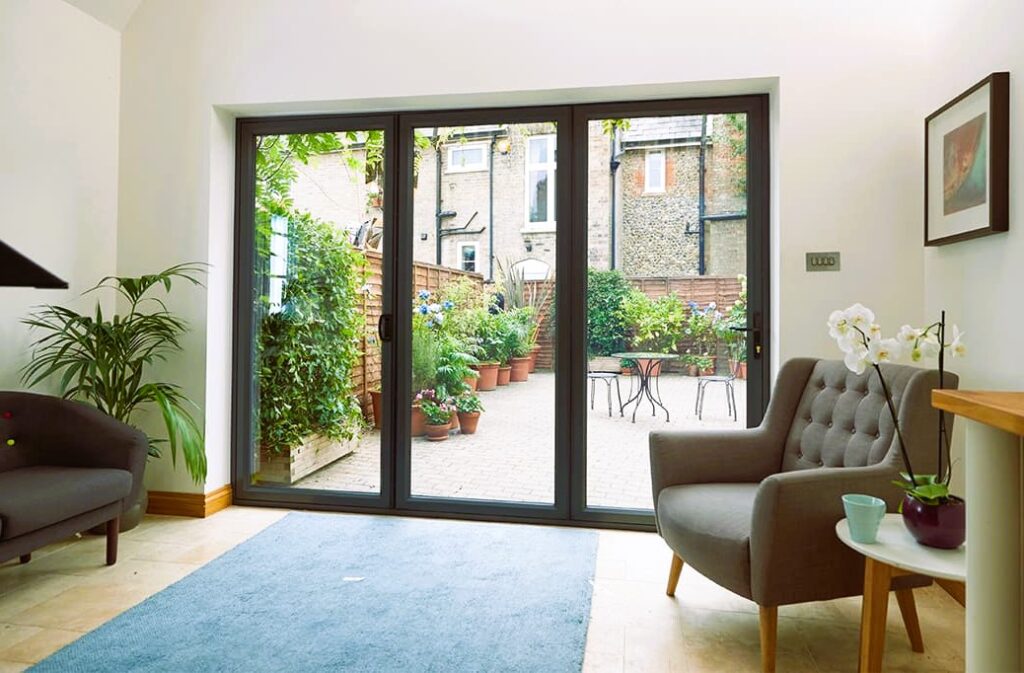When it comes to energy efficiency in your home, selecting the right window frames is crucial. Windows are one of the primary areas of heat loss in a house, and choosing frames that promote optimal heat retention can significantly improve energy efficiency, reduce heating costs, and enhance comfort. In this article, we will explore the different types of window frames available and discuss their impact on heat retention. By understanding the options and their benefits, homeowners can make informed decisions when choosing window frames that contribute to a more energy-efficient home in Calgary.
Wood Frames
Wood window frames are a popular choice for homeowners seeking optimal heat retention. Wood is a natural insulator and has excellent thermal performance. Wood frames provide a high level of insulation, reducing heat transfer between the inside and outside of the house. This helps to maintain a more stable indoor temperature and minimizes energy loss through the windows. Wood frames also offer an aesthetic appeal, adding warmth and character to your home’s interior and exterior.
It is important to note that proper maintenance is crucial for wood frames to maintain their insulation properties. Regular painting, sealing, and ensuring the frames are in good condition will help prevent moisture damage and ensure long-term performance.

Vinyl Frames
Vinyl window frames are another popular choice known for their energy efficiency and heat retention properties. Vinyl frames are made from polyvinyl chloride (PVC) and are excellent insulators. They have low thermal conductivity, which means they transfer less heat compared to other materials. Vinyl frames also have the advantage of being low-maintenance, as they are resistant to rot, fading, and peeling. They are available in a variety of colors and styles, making them versatile for any architectural design. Influence of window design on heat loss and gain, more details at the link.
When choosing vinyl frames, look for models that are reinforced with internal chambers or metal inserts to enhance their structural integrity and insulation capabilities. Proper installation is also essential to ensure airtightness and maximize energy efficiency.
Fiberglass Frames
Fiberglass window frames are gaining popularity due to their exceptional thermal performance and durability. Fiberglass is a strong and lightweight material that expands and contracts at a rate similar to glass, which helps to minimize the risk of seal failure. Fiberglass frames have low thermal conductivity, meaning they provide effective insulation and reduce heat transfer. They are also resistant to warping, cracking, and fading, making them a long-lasting and low-maintenance option.
Fiberglass frames are available in various finishes and can mimic the look of wood or other materials, offering versatility in design. Proper installation is important to ensure a tight seal and optimize energy efficiency.
Aluminum Frames
Aluminum window frames are known for their strength and durability. However, they have lower natural insulation properties compared to other frame materials. Aluminum is a highly conductive material, which means it can transfer heat easily. Without thermal breaks or other insulation measures, aluminum frames can contribute to heat loss and increased energy consumption. However, advancements in thermal break technology have allowed for the development of aluminum frames with improved insulation properties.
If you opt for aluminum frames, choose models that feature thermal breaks—a barrier placed between the interior and exterior of the frame to reduce heat transfer. Thermal breaks help enhance the insulation capabilities of aluminum frames and improve energy efficiency.
To learn more about window frame standards and energy efficiency in Canada, you can refer to the official website of the Government of Canada on energy efficiency: Canada.ca Energy Efficiency.
Composite Frames
Composite window frames are constructed from a blend of materials, such as wood fibers and plastic polymers. These frames offer a combination of strength, durability, and thermal performance. Composite frames have low thermal conductivity, similar to vinyl frames, and provide effective insulation against heat transfer. They arealso resistant to moisture, rot, and insects, making them a durable and low-maintenance option.

Composite frames can be designed to mimic the appearance of wood frames, offering a natural and warm aesthetic. They are available in various colors and finishes, allowing homeowners to match their desired style. Composite frames provide excellent heat retention and energy efficiency when properly installed and maintained.
Considerations for Optimal Heat Retention
When choosing window frames for optimal heat retention, there are a few additional considerations to keep in mind:
- Multiple Panes: Double or triple glazing, which involves multiple layers of glass separated by air or gas-filled spaces, enhances insulation and reduces heat transfer. Combined with the right frame material, multiple panes can significantly improve heat retention.
- Low-E Coatings: Low-emissivity (Low-E) coatings applied to the glass can further enhance the insulation properties of windows. These coatings reflect heat back into the room, reducing heat loss during winter and minimizing heat gain during summer.
- Proper Installation: Proper installation is crucial for maximizing heat retention. Ensure that window frames are installed with proper insulation and sealing techniques to minimize air leakage and maintain an airtight seal.
- Energy Efficiency Ratings: Look for window frames that have been tested and certified for their energy efficiency. Energy Star ratings and other certifications can help you identify frames that meet high standards of performance.
By carefully considering the type of window frames and their characteristics, homeowners in Calgary can choose options that promote optimal heat retention, reduce energy loss, and enhance overall energy efficiency in their homes.
In conclusion, selecting the right window frames is essential for optimal heat retention and energy efficiency. Wood, vinyl, fiberglass, and composite frames offer excellent insulation properties and contribute to reduced heat transfer. Aluminum frames can also be energy-efficient when they include thermal breaks. Consider the number of panes, low-E coatings, proper installation, and energy efficiency ratings when making your decision. By choosing the appropriate window frames, you can enhance the energy efficiency, comfort, and value of your home while reducing heating costs.
